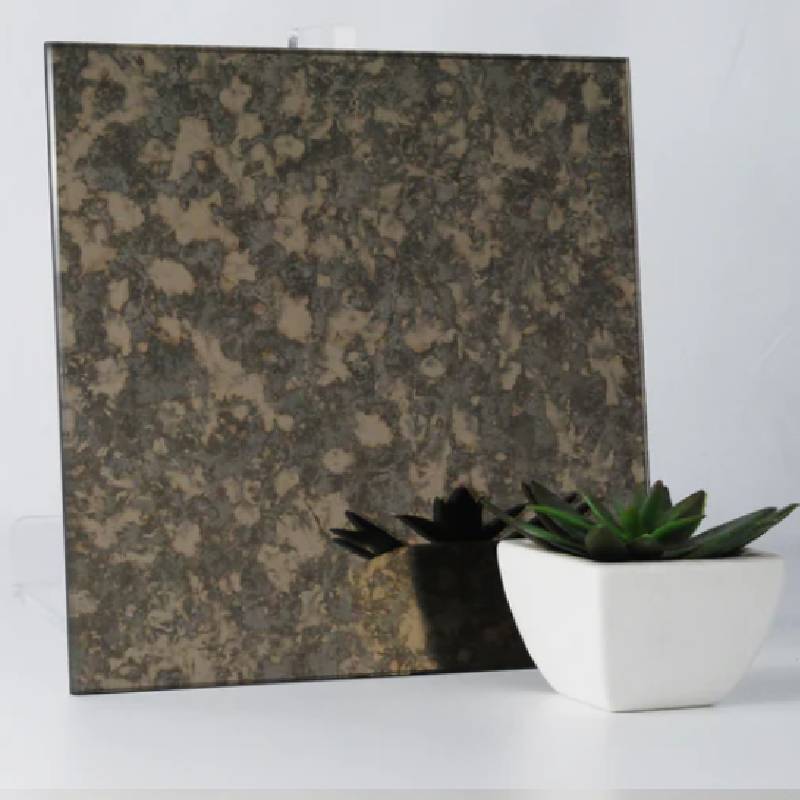The Use of Glass in Architecture A Modern Marvel
Glass has become an integral material in contemporary architecture, revolutionizing the way buildings are designed and constructed. Its unique properties offer both aesthetic and functional advantages, leading to a significant transformation in architectural expressions. This article explores the various uses of glass in architecture, its benefits and challenges, and how it shapes our built environment.
Historically, glass has been used in architecture since ancient times, primarily for windows and decorative purposes. However, the advent of modern engineering and technology has unlocked new possibilities for its use. Today, glass can be found not only in windows but also as structural components, facade elements, and even entire walls. The versatility of glass allows architects to push the boundaries of their designs, creating stunning visual effects and engaging spaces.
One of the most prominent benefits of using glass in architecture is its ability to improve natural lighting within spaces. Transparent walls and large windows allow for an abundance of sunlight to enter, reducing the need for artificial lighting during the day. This not only creates a more inviting atmosphere but also contributes to energy efficiency in buildings. Natural light has been shown to enhance mood and productivity, making glass a favorable choice in workplaces, educational institutions, and residential properties.
Moreover, glass provides uninterrupted views of the surrounding environment. This connection with nature is essential in urban settings, where green spaces may be limited. Large glass panels can seamlessly blend indoor and outdoor spaces, allowing occupants to enjoy expansive vistas and fostering a sense of openness. This design element has been particularly embraced in commercial buildings, hotels, and restaurants, where ambiance plays a crucial role in customer experience.
use of glass in architecture
Beyond its aesthetic appeal, glass also facilitates innovative architectural techniques. The development of advanced glazing systems and curtain wall technology enables architects to create striking structures that challenge traditional notions of form and function. Phenomenal examples include glass high-rises that reflect and refract light, creating dynamic facades that change with the weather and time of day. Notable buildings, such as the Louvre Pyramid in Paris and the One World Trade Center in New York, exemplify how glass can be used as a primary design element while maintaining structural integrity.
However, the use of glass in architecture does come with its challenges. Thermal performance is a primary concern, as large glass surfaces can lead to heat loss in colder climates and excessive heat gain in warmer regions. To combat this, engineers have developed high-performance insulating glass units that feature multiple layers and coatings to enhance energy efficiency. Furthermore, careful consideration must be given to the orientation and placement of glass elements to minimize glare and enhance comfort for building occupants.
Security and safety are additional considerations when using glass in architecture. While modern glass products can be treated to prevent shattering, the potential for breakage remains a concern. Architects often incorporate safety features, such as reinforced glass, laminated glass, and strategically placed structural supports to mitigate these risks. Moreover, fire safety regulations must be adhered to, as glass can behave differently under extreme heat.
In recent years, the sustainability of glass has garnered attention as well. While the production of glass is energy-intensive, advancements in recycling technologies have made it increasingly eco-friendly. Recycled glass can be repurposed in various construction applications, thus reducing waste and environmental impact. Additionally, the use of smart glass technologies allows for dynamic control of light and heat, further promoting energy efficiency and sustainability in architectural design.
In conclusion, the use of glass in architecture embodies the marriage of form and function, enabling architects to create spaces that are not only visually stunning but also practical and sustainable. As technology continues to evolve, we can expect to see even more innovative applications of glass, solidifying its role as a key material in modern architecture. From fostering natural light and enhancing spatial connections to addressing sustainability challenges, glass remains a vital component that shapes our built environment and transforms the way we live, work, and interact with the spaces around us.
 Afrikaans
Afrikaans  Albanian
Albanian  Amharic
Amharic  Arabic
Arabic  Armenian
Armenian  Azerbaijani
Azerbaijani  Basque
Basque  Belarusian
Belarusian  Bengali
Bengali  Bosnian
Bosnian  Bulgarian
Bulgarian  Catalan
Catalan  Cebuano
Cebuano  Corsican
Corsican  Croatian
Croatian  Czech
Czech  Danish
Danish  Dutch
Dutch  English
English  Esperanto
Esperanto  Estonian
Estonian  Finnish
Finnish  French
French  Frisian
Frisian  Galician
Galician  Georgian
Georgian  German
German  Greek
Greek  Gujarati
Gujarati  Haitian Creole
Haitian Creole  hausa
hausa  hawaiian
hawaiian  Hebrew
Hebrew  Hindi
Hindi  Miao
Miao  Hungarian
Hungarian  Icelandic
Icelandic  igbo
igbo  Indonesian
Indonesian  irish
irish  Italian
Italian  Japanese
Japanese  Javanese
Javanese  Kannada
Kannada  kazakh
kazakh  Khmer
Khmer  Rwandese
Rwandese  Korean
Korean  Kurdish
Kurdish  Kyrgyz
Kyrgyz  Lao
Lao  Latin
Latin  Latvian
Latvian  Lithuanian
Lithuanian  Luxembourgish
Luxembourgish  Macedonian
Macedonian  Malgashi
Malgashi  Malay
Malay  Malayalam
Malayalam  Maltese
Maltese  Maori
Maori  Marathi
Marathi  Mongolian
Mongolian  Myanmar
Myanmar  Nepali
Nepali  Norwegian
Norwegian  Norwegian
Norwegian  Occitan
Occitan  Pashto
Pashto  Persian
Persian  Polish
Polish  Portuguese
Portuguese  Punjabi
Punjabi  Romanian
Romanian  Russian
Russian  Samoan
Samoan  Scottish Gaelic
Scottish Gaelic  Serbian
Serbian  Sesotho
Sesotho  Shona
Shona  Sindhi
Sindhi  Sinhala
Sinhala  Slovak
Slovak  Slovenian
Slovenian  Somali
Somali  Spanish
Spanish  Sundanese
Sundanese  Swahili
Swahili  Swedish
Swedish  Tagalog
Tagalog  Tajik
Tajik  Tamil
Tamil  Tatar
Tatar  Telugu
Telugu  Thai
Thai  Turkish
Turkish  Turkmen
Turkmen  Ukrainian
Ukrainian  Urdu
Urdu  Uighur
Uighur  Uzbek
Uzbek  Vietnamese
Vietnamese  Welsh
Welsh  Bantu
Bantu  Yiddish
Yiddish  Yoruba
Yoruba  Zulu
Zulu 

